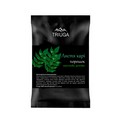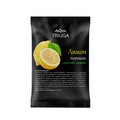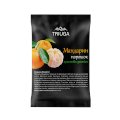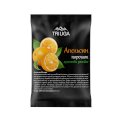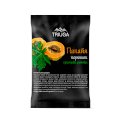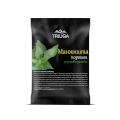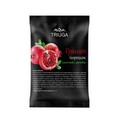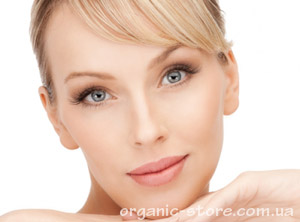 Contrary to what you might think, wrinkles and sagging skin aren’t necessarily the first signs of ageing; for many people, it is the so-called age spots that betray their age. Although age spots, also known as liver spots or solar lentigo, are a benign condition, a lot of people don’t like how they look and want to remove them. Luckily, there are reliable ways to get rid of age spots.
Contrary to what you might think, wrinkles and sagging skin aren’t necessarily the first signs of ageing; for many people, it is the so-called age spots that betray their age. Although age spots, also known as liver spots or solar lentigo, are a benign condition, a lot of people don’t like how they look and want to remove them. Luckily, there are reliable ways to get rid of age spots.
Age spots are blemishes caused by an increased production of melanin in certain areas of the skin. Melanin is the pigment responsible for the colour of the skin and hair. Normally, it is distributed evenly, resulting in blemish-free skin. Age spots occur when some skin cells begin to produce more melanin than others.
Age spots result from ageing and exposure to UV radiation. They were once thought to be caused by liver problems, hence the name “liver spots”; it turned out that these blemishes are physiologically unrelated to the liver, but the name had stuck by then. Ranging in colour from light brown to black, age spots are located in the face, hands, and other areas most often exposed to the sun. The lighter the skin, the higher the probability of age spots.
As we’ve already mentioned above, age spots are a benign condition that requires no treatment in the overwhelming majority of cases, but some people consider them a cosmetic defect and choose to have their age spots removed. Luckily, there are many ways to get rid of liver spots or at least reduce their visibility.
You can remove age spots at a beauty salon or dermatologist, as well as at home. Whichever option you choose, you need to be ready that it isn’t something that can be done overnight. It will probably take you at least a couple of weeks to get rid of age spots, and during all this time and beyond you will have to protect your skin from the sun to prevent the recurrence of pigmentation. So sunscreen and a wide-brimmed hat are you new best friends!
Dermatological treatments for age spots include electrosurgery, laser treatment, ultrasound treatment, phototherapy, cryotherapy, mesotherapy, and more. The most popular at-home treatments are chemical peels and skin bleaching products.
Chemical peels are an effective solution to the age spot problem. They contain organic acids (alpha and/or beta hydroxy acids) that slough off dead skin cells and stimulate skin renewal. As a result, chemical peels effectively remove age spots, make the skin firmer and smoother, and restore its healthy complexion and youthful glow.
Chemical peels are classified according to their depth. Only superficial peels are considered safe for at-home use; they affect only the outermost layer of the skin. Aestheticians and dermatologists can perform medium and deep chemical peels, but invasive peels are usually reserved for more serious skin issues than age spots.
As a rule, at-home chemical peels have an acid concentration of 5 to 30%. If you’ve never tried chemical peels before, start with the lowest concentration to allow your skin to get used to the procedure. There are different organic acids used in chemical peels; the choice of the most suitable one depends on your skin type and needs. You shouldn’t exfoliate your skin more often than once a week; it will take you 10 to 12 procedures (2.5 to 3 months) to get a visible and long-lasting result.
Skin bleaching products are the perfect solution for those who want to get rid of age spots at home with minimal risk of skin damage. Such products are formulated with special active ingredients that inhibit the activity of tyrosinase, a copper-containing enzyme responsible for the synthesis of melanin.
Common tyrosinase inhibitors that can be found in skin bleaching products are kojic acid, ascorbic acid (vitamin C), arbutin, retinoids, and azelaic acid. In addition, such products usually contains ingredients that oxidise melanin, as well as help to exfoliate the skin and remove pigmentation. They include various extracts (chamomile, cucumber, citrus fruit, papaya, pineapple, grape, green tea, wheat germ) and AHAs.
Skincare products with bleaching ingredients come in many forms, such as creams, lotions, serums, masks, etc. Since they increase skin sensitivity to UV radiation, it is especially important to use sunscreen or moisturiser with SPF before going outside in order to prevent the recurrence of age spots and other skin problems associated with UV exposure.

